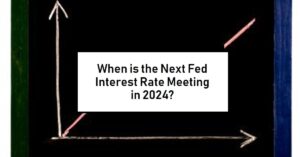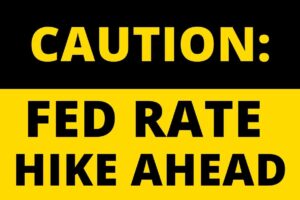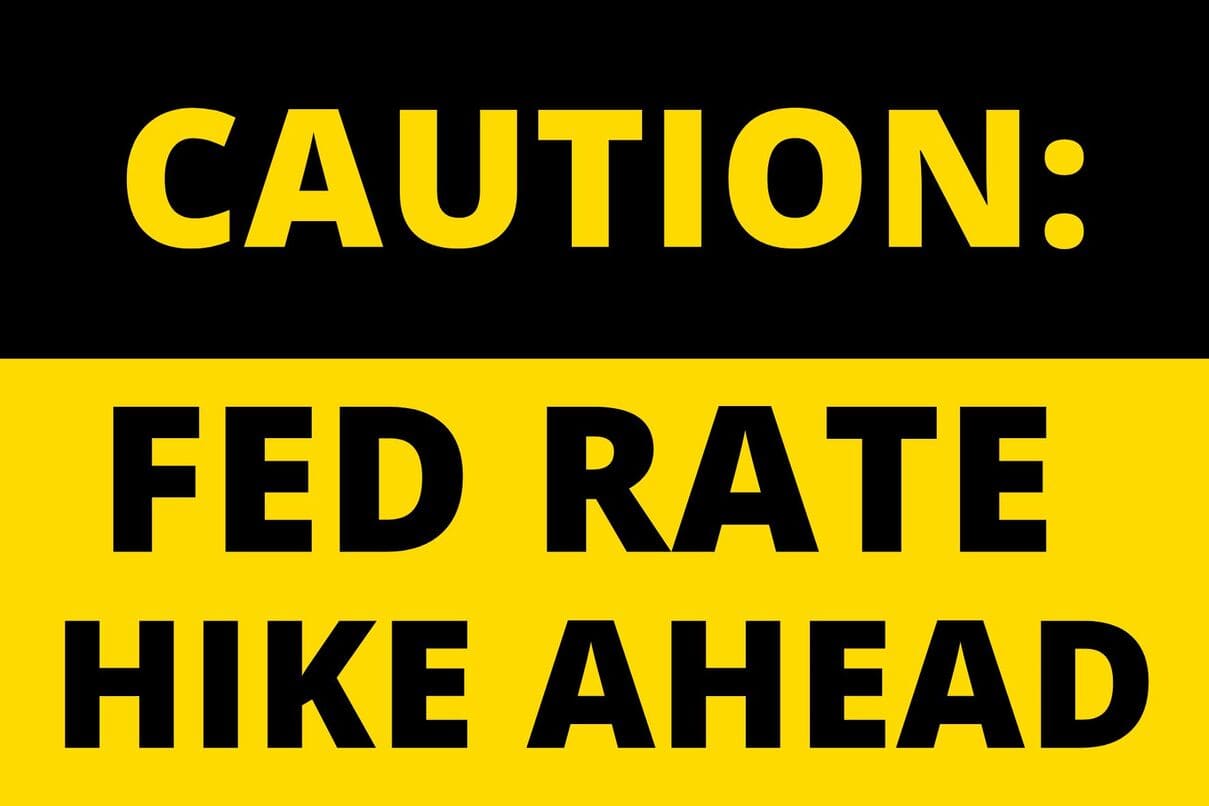The Federal Reserve's interest rate policy has been a topic of much debate and speculation in recent months, with many people wanting to be updated on, “When is the Next Fed Interest Rate Decision.” The next Fed meeting on interest rate hikes in 2024 will be conducted between March 19-20. The Fed meets eight times a year to review economic data and make decisions on monetary policy.
The next Fed meeting will be important because it determines the level of the federal funds rate, which is the interest rate that banks charge each other for overnight loans. The federal funds rate influences other interest rates, such as mortgage rates, credit card rates, and savings rates. The Fed also uses other tools, such as quantitative easing and forward guidance, to affect the money supply and market expectations.
Next Fed Meeting in 2024: Meeting Calendar
The Federal Reserve has released its 2024 meeting calendar, which includes eight scheduled meetings. These meetings are crucial as they set monetary policies that impact the entire economy. The first FOMC meeting of the year was held on January 29-30, 2024, and it was a pivotal one.
The Fed decided to leave interest rates unchanged for now, but it revised its projections to include three quarter-point cuts for 2024, bringing the federal funds rate to a range of 4.25% to 4.5% by the end of the year. The Fed also lowered its forecasts for economic growth, unemployment, and inflation for 2024 and beyond.
Meetings have already been scheduled as per the calendar given below. During these meetings, the Federal Open Market Committee (FOMC) will discuss various factors affecting the economy, including inflation, employment rates, and GDP growth, to make informed decisions about the direction of interest rates.
| Meeting Dates in 2024 | Interest Rate Hikes |
|---|---|
| January 30-31 | To Be Decided |
| March 19-20 | To Be Decided |
| Apr/May 30-1 | To Be Decided |
| June 11-12 | To Be Decided |
| July 30-31 | To Be Decided |
| September 17-18 | To Be Decided |
| November 6-7 | To Be Decided |
| December 17-18 | To Be Decided |
What Are the Expectations for the Next Fed Meeting?
The next Federal Open Market Committee (FOMC) meeting is scheduled for March 19-March 20, 2024. While the exact outcome of the meeting is uncertain, there are several key expectations for interest rates in 2024:
1. Potential for Rate Cuts:
- The Fed is widely expected to begin cutting interest rates in 2024, as inflation has cooled down from its peak and the economy shows signs of slowing.
- The January 2024 FOMC meeting projections indicated three quarter-point rate cuts throughout 2024, bringing the target range for the federal funds rate down to 4.5%-4.75% by the end of the year.
- Some analysts believe the Fed may be even more dovish than this, with faster or deeper cuts possible if inflation continues to decline rapidly.
2. Gradual Approach:
- Even though rate cuts are anticipated, the Fed is likely to take a gradual approach, monitoring economic data closely before making any decisions.
- This cautious stance is intended to avoid accidentally triggering a recession or reigniting inflation.
3. Focus on Data:
- The Fed's decision-making will be heavily influenced by incoming economic data, particularly on inflation and employment.
- If inflation falls faster than expected, the Fed may be more inclined to cut rates sooner or more aggressively.
- Conversely, if inflation remains stubbornly high or the labor market weakens significantly, the Fed could delay or even reverse course on rate cuts.
4. Market Volatility:
- The Fed's actions and pronouncements are likely to cause volatility in financial markets, as investors adjust their expectations for interest rates and economic growth.
- This volatility could be amplified if the Fed's decisions deviate from market expectations.
It's important to remember that these are just expectations, and the actual outcome of the FOMC meeting could be different. It's also important to note that the Fed's actions are just one factor that will influence interest rates in 2024. Other factors, such as global economic conditions and geopolitical events, could also play a role.
Sources:
- https://www.federalreserve.gov/monetarypolicy/fomccalendars.htm
- https://www.federalreserve.gov/



